10 Most Beautiful Movies Filmed In 65mm | ScreenRant
Very few people pay attention to the technical details of a movie's print. But even if someone isn't aware of the specific details, they can certainly notice differences when it comes to the movie's visual quality.
Most movies shot on traditional film are shot on 35mm. However, some films and cinematographers used 65mm, resulting in an expansive aspect ratio and a gorgeous resolution with astounding clarity and sharpness. These movies physically look fantastic, complete with sweeping shots, a spacious field of view, and a resolution that goes far beyond the traditional 35mm.
10 Oklahoma! (1955)
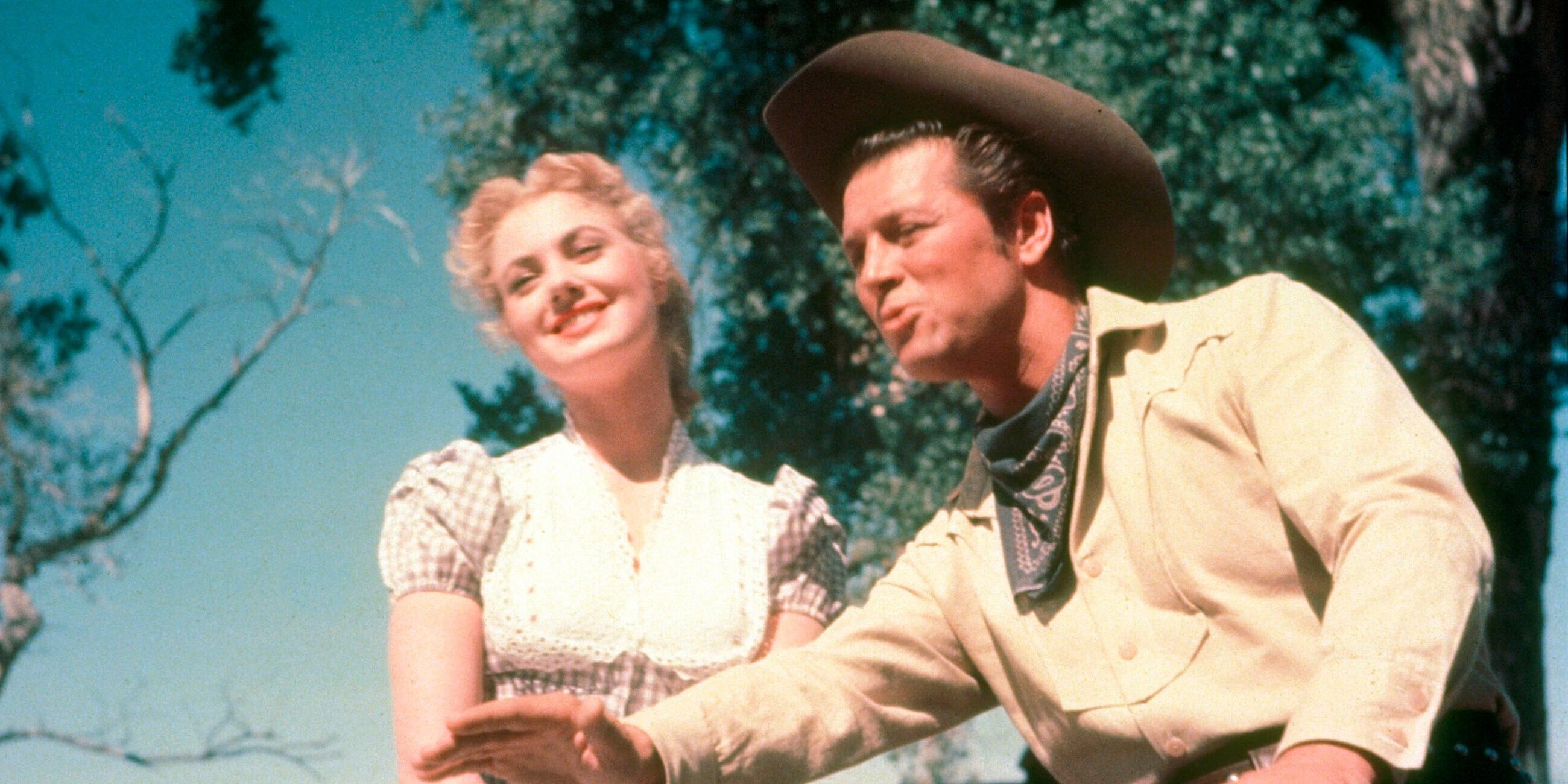
Released in 1955, Oklahoma! was the first major American film to be shot on 65mm. According to IMDb (the source of all the following technical information), Oklahoma! was shot on 65mm using Eastman 25T 5248 film stock, which was first introduced in 1952.
It was then shown in 70mm at an aspect ratio of 2.20:1. These are technical specs befitting the movie's epic scope and grandeur, and cinematographer Robert Surtees received an Academy Award nomination for Best Cinematography - Color.
9 Ben-Hur (1959)
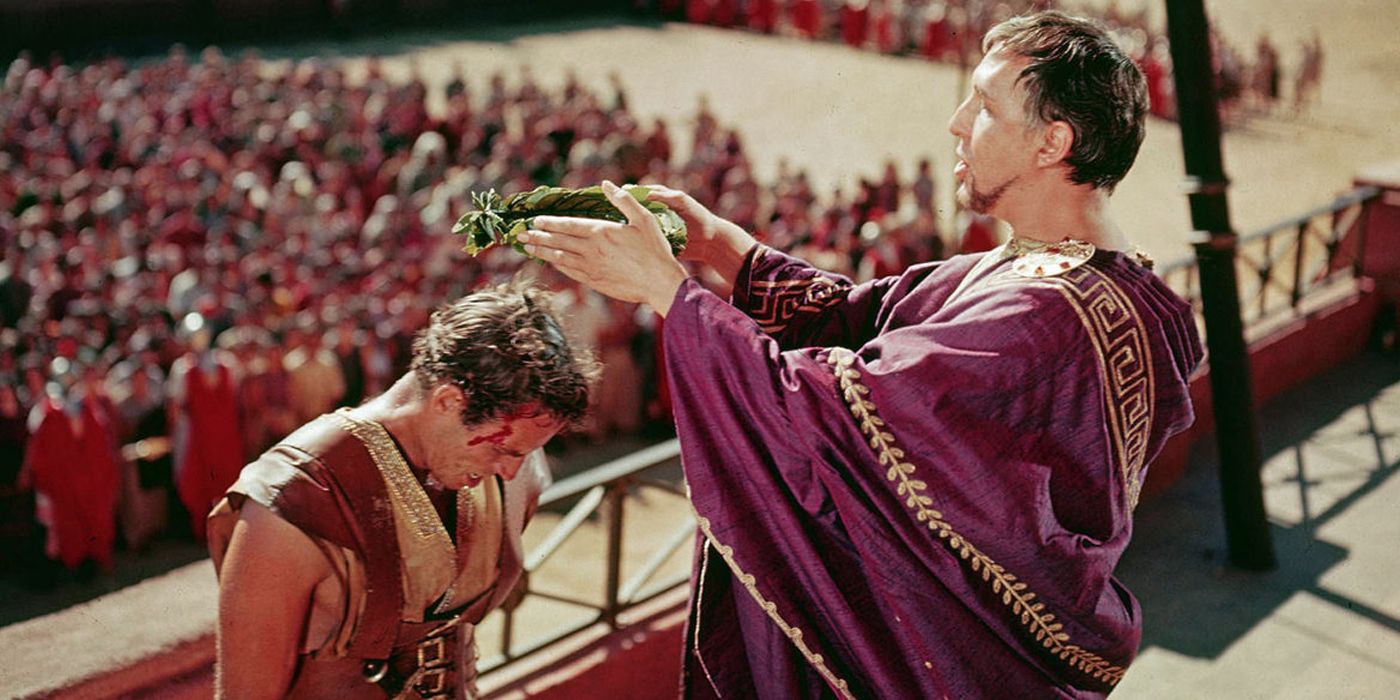
One of the most epic period dramas of all time, Ben-Hur astounded the world when it was released in November of 1959. One of the greatest aspects of its production was the gorgeous cinematography from Robert Surtees. Ben-Hur was shot on 65mm film and has an extremely wide aspect ratio of 2.76:1, effectively making it one of the most "cinematic" films ever released.
The pin-sharp resolution looks astonishing, and the aspect ratio allows for an expansive field that allows the immaculate production design to breathe and show off.
8 Lawrence Of Arabia (1962)

One of the great British movies, Lawrence of Arabia is snuggly situated within the Golden Age of the Epic. Containing some of the most beautiful and extravagant shots in film history, the movie was photographed by three-time Oscar winner, Freddie Young.
Lawrence of Arabia was shot on 65mm Eastman 50T 5250 and shown in Super Panavision 70 with an aspect ratio of 2.20:1. It's easily one of the sharpest and clearest movies ever produced, its image the very personification of filmic beauty. This is one to own on 4K, as it perfectly shows the undeniable power of 65mm film.
7 Cleopatra (1963)
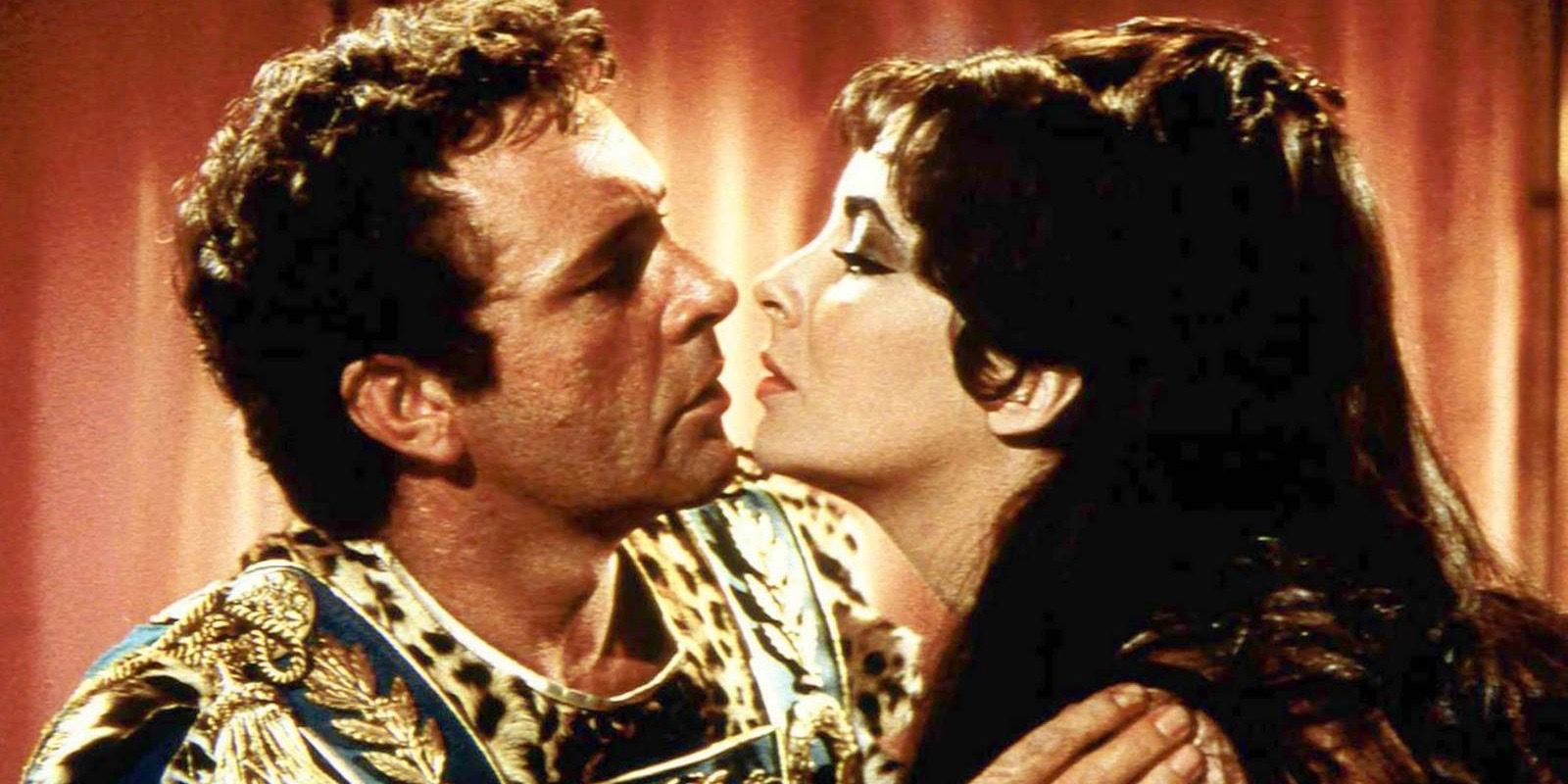
Depicting one of the most famous women in history, Cleopatra stars Elizabeth Taylor as the titular Egyptian ruler. Shot by four-time Best Cinematography winner Leon Shamroy, Cleopatra was shot on 65mm Eastman 50T 5250 and printed on 70mm Eastman Color Print Film with a negative ratio of 2.20:1.
The image depth is impeccable, and the film stands as one of the sharpest and clearest pictures of the 1960s. The expansive visuals are also breathtaking thanks to the wide aspect ratio and panoramic scenes. This movie deserves a giant screen.
6 The Sound Of Music (1965)
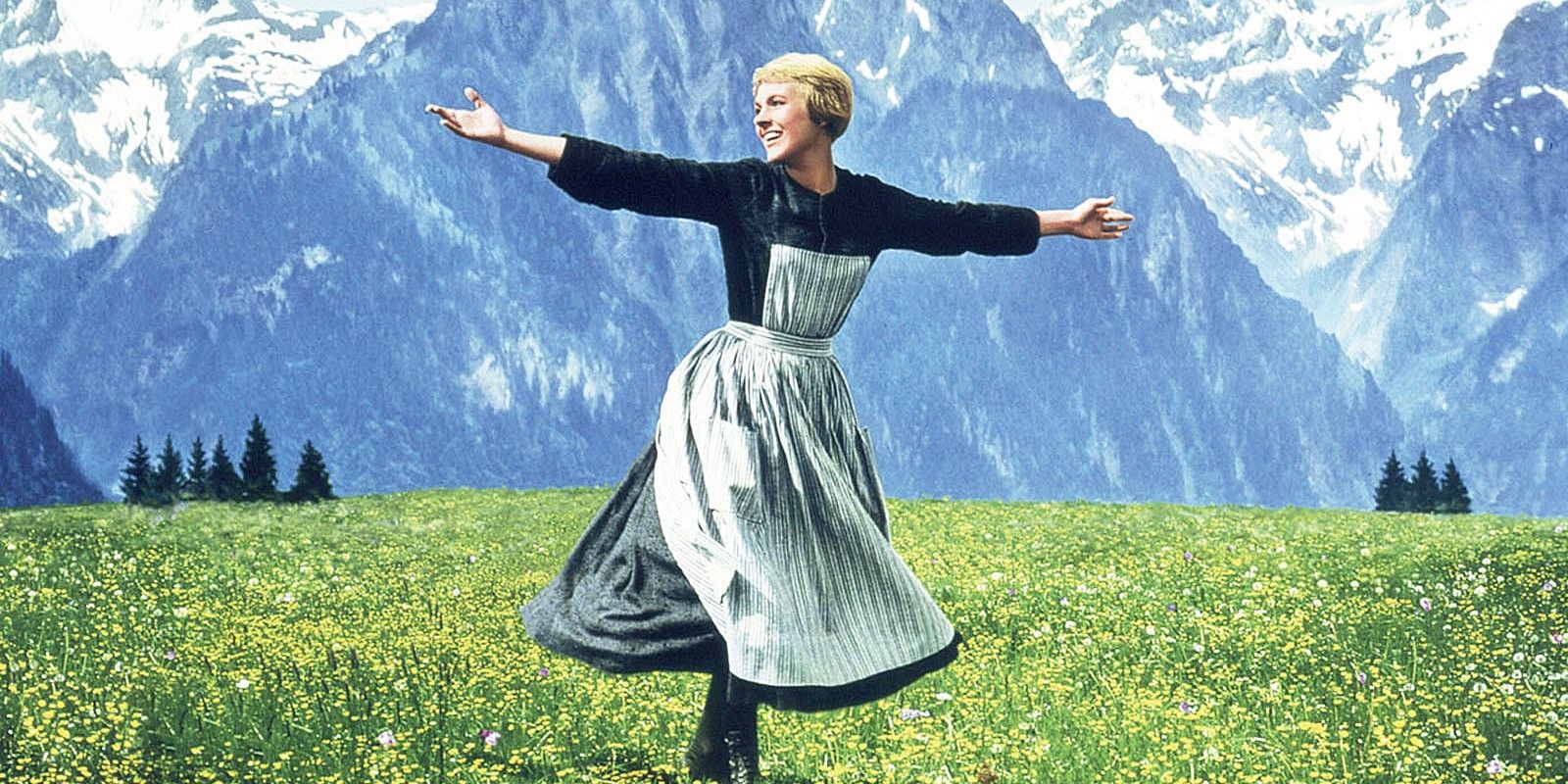
Robert Wise's The Sound of Music is arguably the best musical of all time. Nearly every aspect is done to perfection, resulting in five Academy Award wins. Unfortunately, director of photography Ted D. McCord did not win, losing to Freddie Young for his work with Doctor Zhivago.
The film was shot on 65mm with a negative aspect ratio of 2.20:1. The film is simply gorgeous, with the clarity afforded by the 65mm film bringing out all the beautiful, fine detail of the period costumes, the von Trapp estate, and the grass and snowcaps of the Swiss mountains.
5 Battle Of The Bulge (1965)

Also known as the Ardennes Counteroffensive, the Battle of the Bulge is one of the most famous and bloodiest battles of World War II, resulting in upwards of 100,000 casualties. Henry Fonda starred in a cinematic adaptation directed by Ken Annakin and photographed Jack Hildyard. Hildyard shot the film on 65mm with a negative aspect ratio of 2.76:1 (2.20:1 on the 70mm prints).
The clarity allows the details of the battle to come to horrifying life, from the uniforms to the destroyed buildings to the fine intricacies of period weapons and vehicles. It's as close to World War II as modern viewers will get.
4 2001: A Space Odyssey (1968)
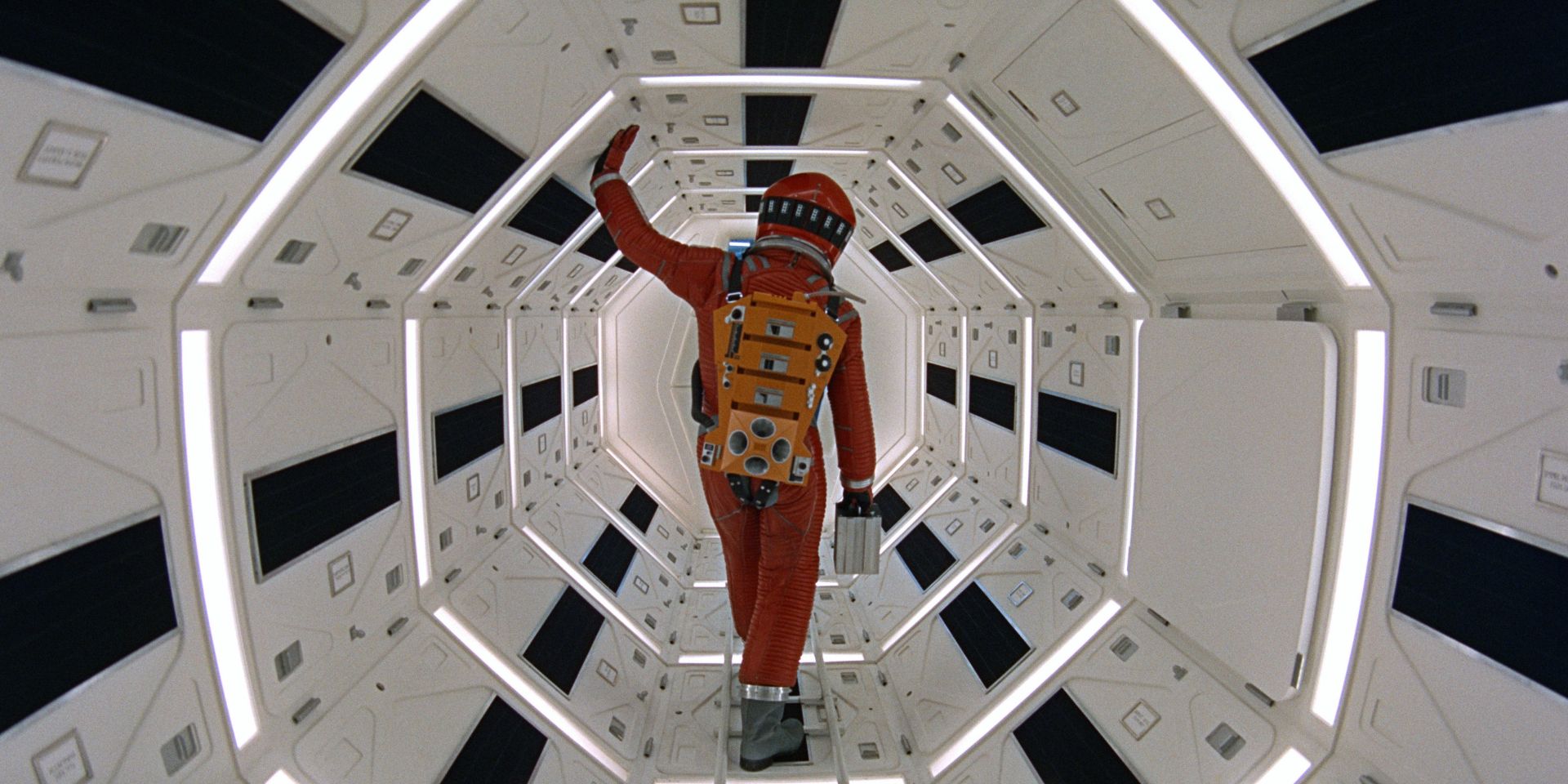
Stanley Kubrick's 2001: A Space Odyssey is one of the most famous films of all time and one of the most intense space mission movies ever made. While Kubrick rightfully receives a lot of credit, the work of the production designers and cinematographer Geoffrey Unsworth must also be commended.
Unsworth shot the film on 65mm using Eastman 50T 5251 with a 2.20:1 aspect ratio. It's undeniably one of the most imaginative and beautiful space movies of all time, its cinematography both expansive and intimate. It looks just as astounding in 2021 as it did in 1968, and it makes for one of the greatest 4K Blu-rays on the market.
3 Patton (1970)

Co-written by Francis Ford Coppola and directed by Franklin J. Schaffner, Patton was released in December of 1969 and serves as a biopic of U.S. General George S. Patton (played here by George C. Scott). The film was shot on 65mm film by director of photography Fred J. Koenekamp and printed on 70mm with an aspect ratio of 2.20:1.
The movie looks immaculate from beginning to end, its incredible clarity and high resolution bringing out all the staggering detail of the World War II-based production design. Few war epics look as great as Patton - even to this day.
2 Hamlet (1996)

Beginning in the early 1970s, 65mm film was on the way out. Fewer and fewer movies were taking advantage of the format, and 70mm experiences were becoming less and less common. It made a resurgence in 1996 with Kenneth Branagh's sweeping Shakespearean epic, Hamlet, which adapts every line from the play and runs just over four hours.
While the setting is enclosed and limited by the very nature of the story, cinematographer Alex Thomson works wonders, bringing Shakespeare to incredible life with a gorgeously shot film captured on 65mm. It intentionally harkens back to the epic films of the '50s and '60s, suiting the story's expansive scope and breadth of theme.
1 The Hateful Eight (2015)
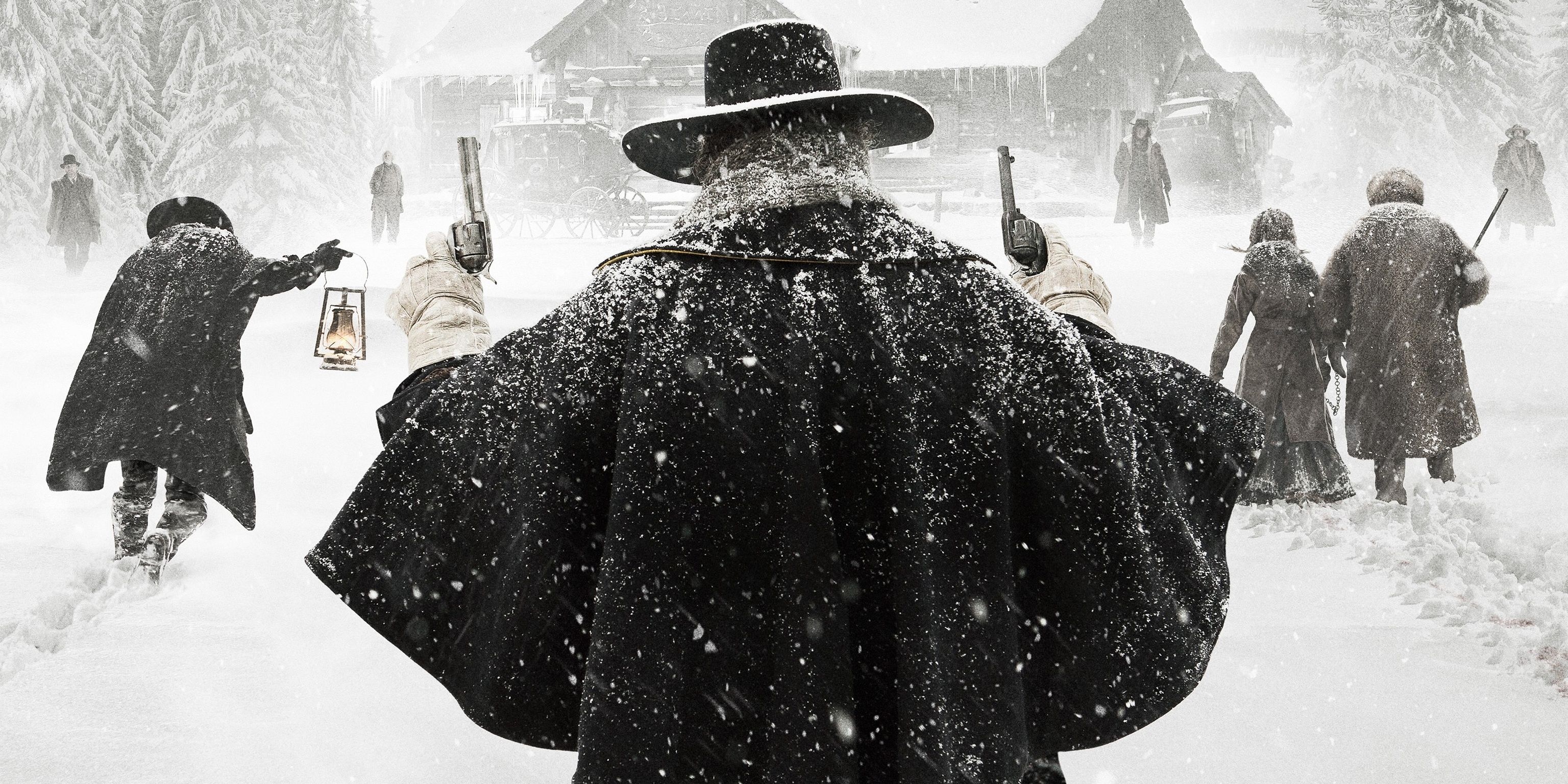
Quentin Tarantino is a film aficionado, and he has been known to honor the Golden Age of Hollywood in various elaborate and affectionate ways. One of those ways was reviving the 70mm format for his 2015 Western drama The Hateful Eight.
At a time when movies are veering more towards digital photography, Tarantino and cinematographer Robert Richardson make a case for traditional film. The movie's 2.76:1 aspect ratio is staggering, requiring the biggest screen possible to be properly experienced, and the 65mm film allows for breathless clarity and attention to detail.
from ScreenRant - Feed https://ift.tt/3jEatQv
via Whole story

Post a Comment